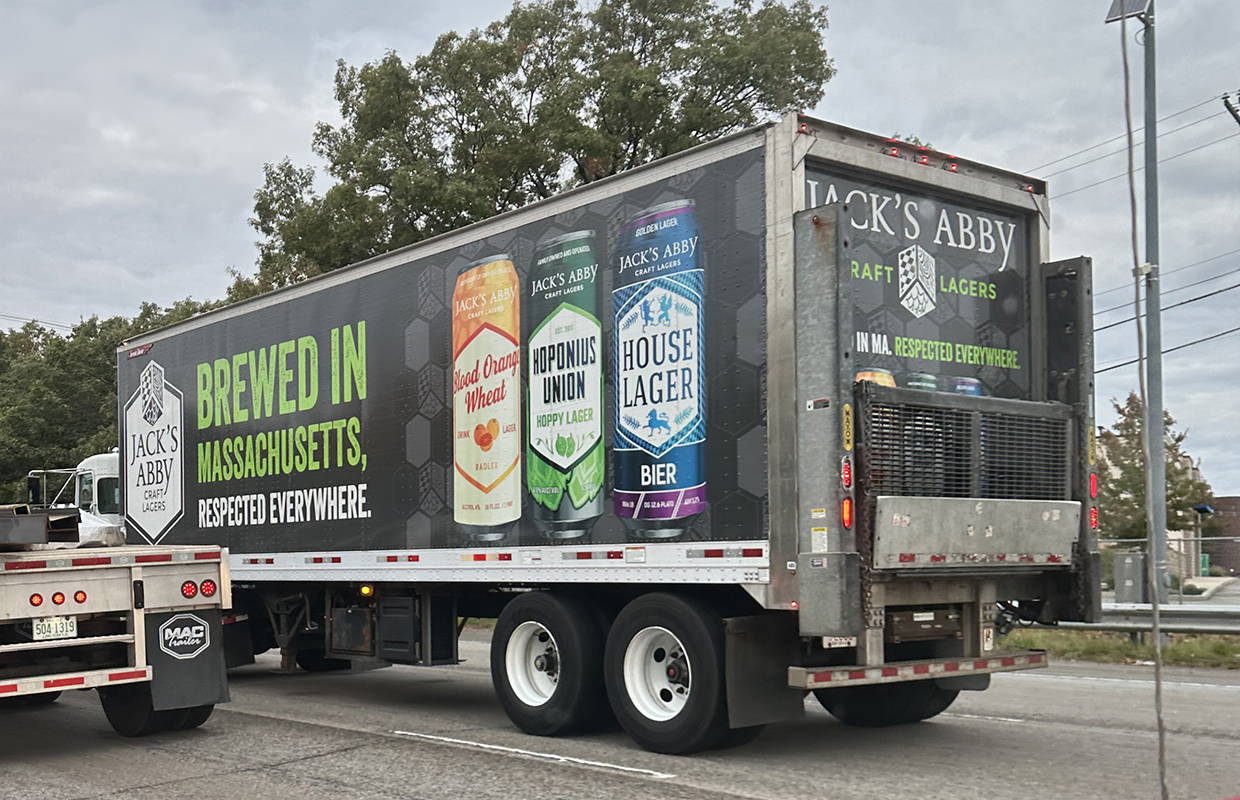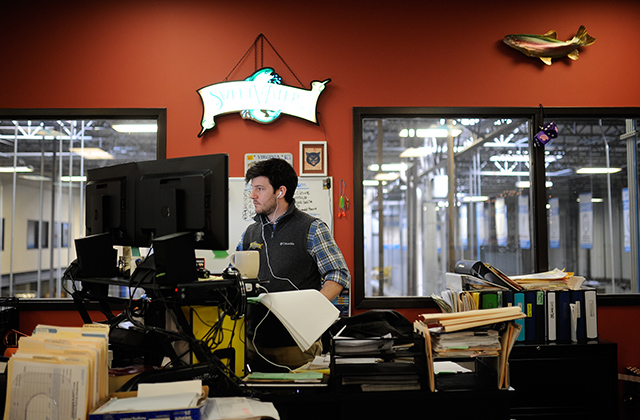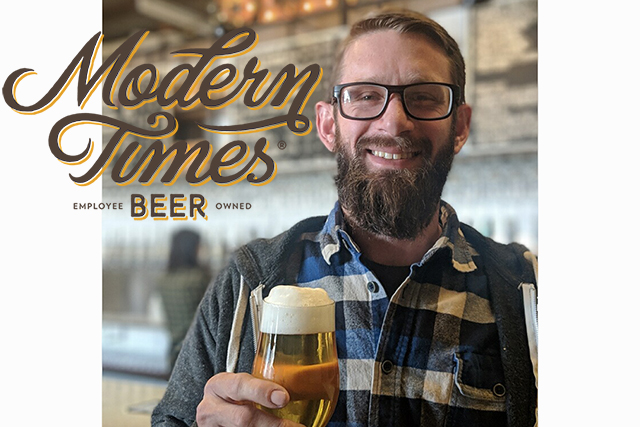
As your brewery begins to move into needing to distribute through a wholesaler, making sure you have a partnership that puts your best interests forward is a dynamic that you need to have nailed down before you even start to look to find who will be that second tier of your distribution.
“It’s a relationship for life, so you need to be thorough,” said Jack’s Abby VP of Marketing, Rob Day. “There is no good shortcut here.
“Questions, especially ‘WHY’ questions can help you get a much better understanding than what presents on the surface. These help you dig deeper into alignment which is the most important thing.”
When you’re growing rapidly and scaling, not having to invest in anything but making more beer can be a huge benefit to have a wholesaler. But what are some key questions to ask each wholesaler in determining if they are a good fit with your brand to bring growth to the company?
First, Day said, start by aligning your sales strategy for distribution.
“Do you need to go wide and fast? Keep it tight for a period of time,” he said, adding that you must target if you want to work with independent retailers or go into chains.
“Make sure you have your strategy set, then ask the questions that test out alignment,” he said. “Sometimes the smaller players can be more effective with better alignment.”
Here are some sample questions to ask that Day and others have shared that they use:
- What are your company’s core values?
- How has your market share changed over the past five years relative to other distributors?
- What sets you apart from other distributors?
- What kind of structure do you like to work within for planning and accountability throughout the year?
- How does the distributor view marketing support — especially financially. What tools work for them? Why do you see it this way?
- Who are some of the current top suppliers and why are they in that position?
- Off the top of your head, what Off Prems and On Prems do you see my brand fitting into?
- What are your merchandising capabilities?
- How often do you run PFP (Pay-For-Performance) or other incentives? Why do you do this?
- Do you have a solid training process in place for the sales team to fully understand the brands they sell? What is the process for educating your sales staff on new brands and emerging categories?
- How is your sales team structured?
- What chains do you work with currently? How often do you deliver to them?
- Do you have a point of contact that calls on chains specifically?
Brian Perry of Markstein Beverage in Sacramento spoke at the 2023 California Craft Brewers Summit on this topic and gave the second tier of distribution’s thoughts as well.
“Obviously, you are missing a part of that margin,” he admitted. But at the same time, he noted that having a well-organized wholesaler can mean more than just a few people working on your product to get it sold and shipped to retailers.
“We have 500 people that work at our distributor. So we have 100 merchandisers, 75 sales reps, and 80 NASMs,” he said, as an example. “Then you have brand managers like myself. We’re the conduit, basically, from the brewery to the sales staff to make sure we get your information out there.
“Having a lot more boots on the streets than your one or two people that you may have — which we also include — to have those help out our team as well.”
Size may not play a factor either, Perry said, but having some distribution experience on your own may help understand what a wholesaler can help your brand with.
“We have some smaller breweries,” he said. “I think it’s all in how fast you want to grow, and what your plan of attack is — as far as chains, and how much space you have.
“If you have a smaller brewery then obviously it’s how much you can put out in that year. But I think self-distro will teach you a lot too and understanding what we go through on our side may help you realize that in the beginning.”
Your brewery’s sales management needs to have a strong working relationship with their counterparts at distro, Day added.
“You need to be on a text/call foundation with each other,” he said. “So you need personalities that can work professionally together to achieve common goals.”
Making sure you do your due diligence ahead of time can help you weed out bad relationships that could hinder your brand’s future performance. Understand what could be some red flags in asking these questions.
Watch for a misalignment in philosophies or outdated viewpoints on the current market.
“If you know you need small draft-led focus to start and build from there, and they are pushing for chain placement — that’s a red flag,” Day said. “You know your brand and if you go in with a plan, then you need to find someone that aligns. If they try to fit you into a model that doesn’t work for you it will fail.”
Photo courtesy Jack’s Abby






1 Trackback / Pingback